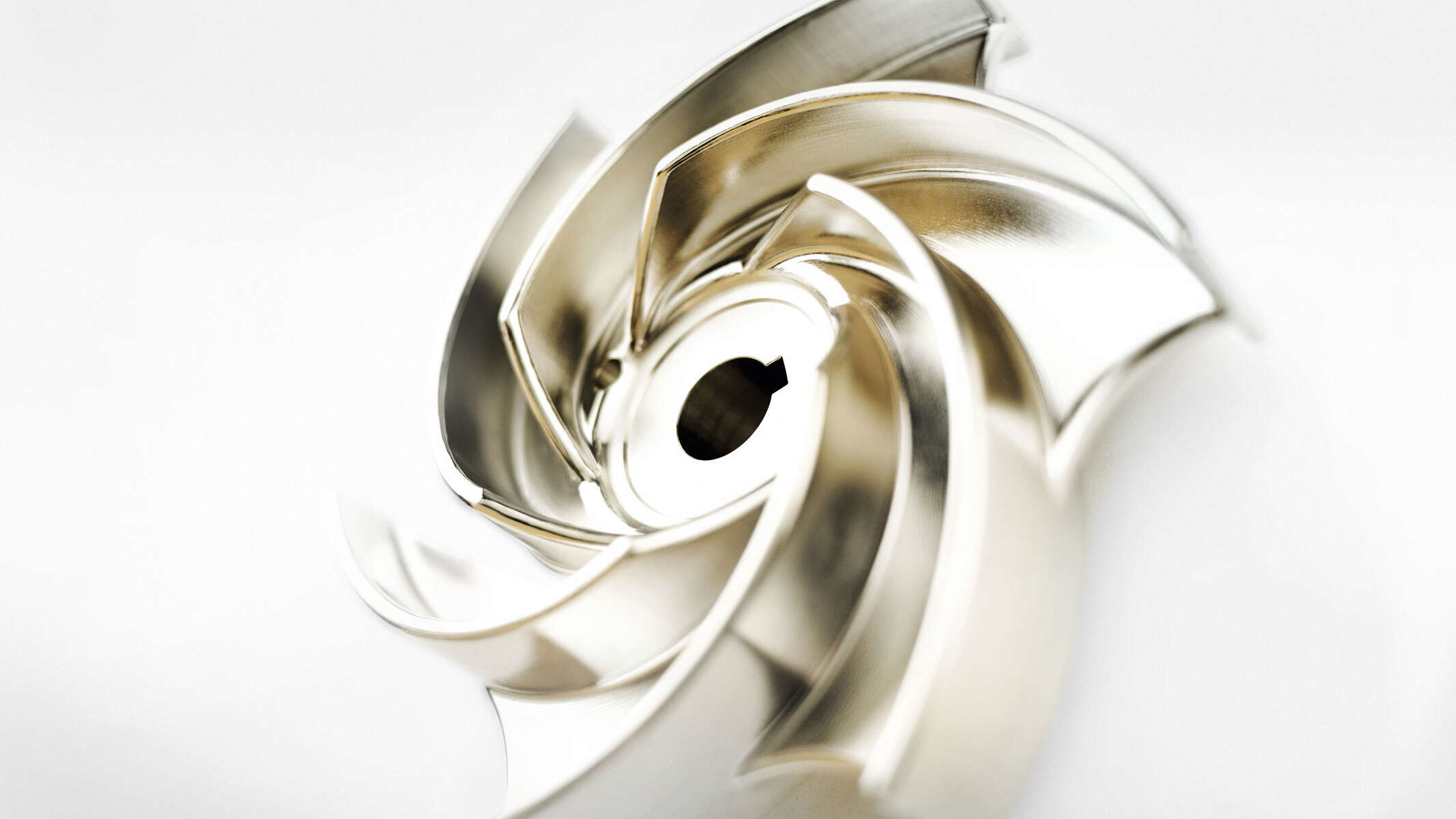
Pump impellers: Type defines function
The impeller is the actual pumping device for waste water and therefore at the “heart” of the pump. However, waste water is very diverse in its composition: It may contain solids, wet wipes, sludge or faeces as well as stringy materials or substances forming foam. To achieve the best pumping results, the impeller should be ideally suited to the individual application. The objective is always the same: a clogging-free, durable and energy-efficient solution.
First step: Dimensioning the pump impeller
Prior to selecting the impeller type the parameters of pump operation must be determined, such as the flow rate, pressure and piping diameter. This will help select the best suited pump type, size and capacity.
Another important factor is the operating mode: Will the pump be running continuously or will it be used for intermittent or short-time operation? This might also decide on the pump’s drive, for which the current Ecodesign Directive (2019/1781/EU) is to be considered.
Second step: Selecting the impeller type
The next step after defining the pump type and size, is the selection of an impeller type . KSB offers suitable impeller types for all requirements.
The main criterion for selection is the nature of the fluid handled, i.e. the solids content in the waste water. Is it stormwater, raw waste water or pre-treated waste water? Does the waste water contain faeces and wet wipes?
These criteria can be “converted” into measurable values. The three measured variables of gas content, sand content and dry solids content, in particular, are decisive for the selection.
From a technical point of view, the size of the free passage and the efficiency are key factors when choosing an impeller.
Open or closed impeller type?
This is a brief overview of impeller types and their main applications. Primarily, a distinction is made between open and closed impellers. “Open” refers to a design without an outer (suction-side) shroud. Open impeller types include free-flow impellers, diagonal single-vane impellers and cutters. Examples of closed impeller types are single-vane impellers and multi-channel impellers.





